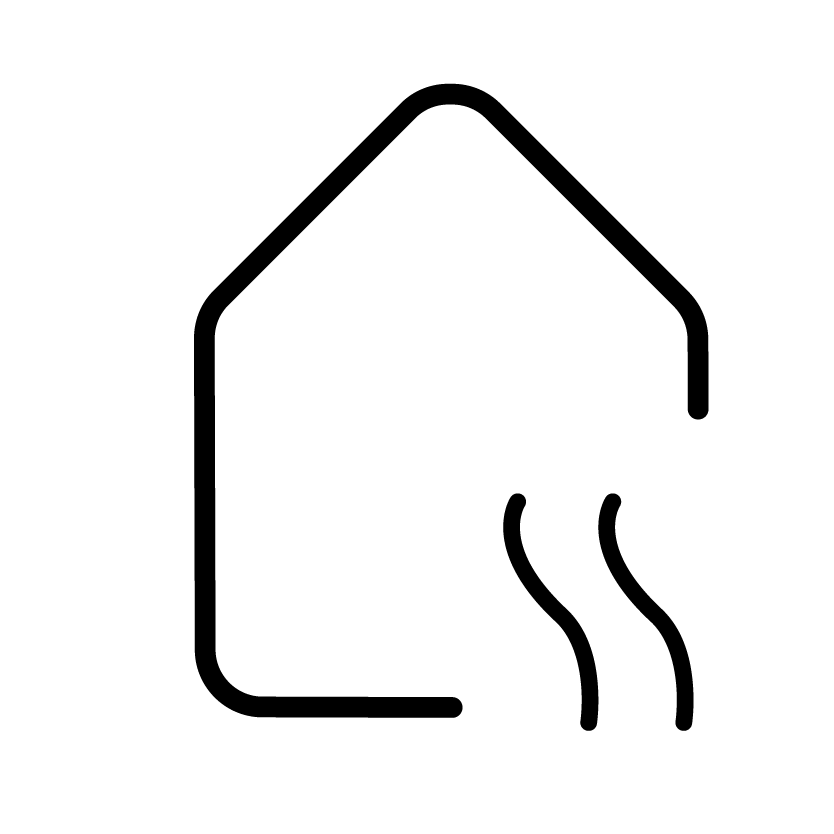
4. Provide wider heating advice
What's required?
Additional changes to the way users heat their homes may be needed alongside the reduction of flow temperatures. This step is about providing guidance to households on how best to heat their home, specific to the type of controls that they may have. In order for this to be successful, we have tried and tested three steps:
- ask for information on the types of heating controls in the home
- give specific advice on how best to use these controls
- provide an explanation as to why these changes should be made.
Any guidance should aim to ensure that users feel comfortable making further changes if necessary in order to maintain comfort.
Why do it?
Our research found that users often find heating controls such as thermostats confusing and difficult to use. They also tend to be wary of over-generalised advice. Ensuring that the advice is clear and tailored to the specific circumstances of their homes and their controls can help overcome this.
There may be concerns that advising people to lower their boiler’s flow temperature will increase in complaints or callouts to heating engineers. This can be mitigated by ensuring that the heating system and controls are set up to work as efficiently as possible at lower flow temperatures, while also maintaining the level of comfort that householders prefer.
How to do it
Key points and assets to help build your service.
Identify what heating controls the household uses
Show details
In order to give relevant advice on how to optimise the rest of the heating system, first collect details on what controls are in the user’s home.Key points to consider:
- Ask what controls are in the user’s home.
- Ask users how they heat their home
- Do they heat a single room at a time?
- Do they have set back temperatures? (A temperature set over night and then one during the day).
- Do they use a timer to control their heating.
- If giving guidance remotely, use imagery or descriptions as some users may not be sure what controls they have in the home.
Useful resources
Provide guidance - extending periods of heating
Show details
Specific guidance as to how users may want to extend their heating in order to maintain comfort.Key points to consider:
- Suggest that households may want to:
- Extend the period of time that their home is heated for. For example, if their heating switches off at night, they should try setting the heating to come on 15-30 minutes earlier than usual. .
It may also be beneficial to explain some of the reasoning behind this, for example, - “By slightly extending the period of time that your heating is on, you are allowing for a more gradual warm-up time. As your boiler should now be running more efficiently it should not increase your bills.” - Explain that by turning their heating on 15-30 minutes earlier than usual, users are allowing for the more gradual warm up time associated with lower boiler flow temperatures. This will reduce their gas savings a little, but it should still save money overall because their boiler will be running more efficiently.
- Extend the period of time that their home is heated for. For example, if their heating switches off at night, they should try setting the heating to come on 15-30 minutes earlier than usual. .
- Suggest that households may want to:
Provide guidance - thermostatic radiator valves
Show details
Give guidance on how best to use TRVs. This helps to dispel common misconceptions about how they work and how best to use them.Key points to consider:
- It’s best to think of radiator valves as individual room thermostats, where each number signifies a certain temperature at which the radiator will “switch off”.
- Explain that radiator valves don’t change the temperature of the radiator, or the speed that the rooms warm up.
- Ensure that the radiator valves are not at their maximum setting, but towards the middle of the scale instead. This will be 3 on most radiator valves. The maximum setting may be a high temperature that rooms may be uncomfortable at. Setting TRVs to maximum will also use more gas.
- If users find certain rooms are too cold, they can turn their radiator valves up a little higher.
- If users want to make extra savings, they can turn their radiator valves a little lower in unused rooms (e.g. setting 1).